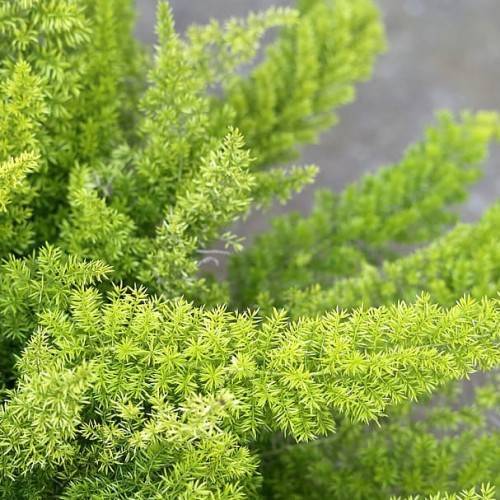
yew
Taxus baccata 'Stove Pipe'
Cycle:
Perennial
Watering:
Average
Hardiness Zone:
6 - 7
Flowers:
Flowers
Sun:
Full sun,part shade
Leaf:
Yes
Growth Rate:
Low
Maintenance:
Low
Poisonous To Humans:
Yes
Poisonous To Pets:
Yes
Drought Tolerant:
Yes
Salt Tolerant:
Yes
Thorny:
Yes
Care Level:
Medium
watering
Yew (Taxus baccata 'Stove Pipe') should be watered sufficiently and regularly to sustain healthy growth. Young yew plants require more frequent watering than mature plants. It is important to water a yew once a week during the summer months. It would be best to thoroughly soak the soil until moisture reaches about 2 inches deep into the soil. During cooler months, watering every 2 to 3 weeks should suffice, taking care to check the soil moisture if the conditions become dryer than normal. If puddles form at the base of the plant and water runs down the plant stem, it is time to reduce the watering frequency. Over-watering will lead to poor growth and possibly death of the plant.
sunlight
Yew (Taxus baccata 'Stove Pipe') should be grown in an area that receives full sun exposure for at least 4-5 hours a day. Yews are shade tolerant plants, however, too much shade may lead to weakness and foliage loss. The most ideal time for this plant species to receive sunlight is from late morning to mid-afternoon. Yews should be planted in locations that receive morning sun, without any late afternoon sun as this type of sunlight can cause damage to the foliage.
pruning
Yew (Taxus baccata 'Stove Pipe') requires light pruning from late winter to early spring. Pruning should be done before new growth begins in the spring. When pruning, only trim away a few of the oldest branches each year to maintain the natural shape and remove any dead or diseased branches. Pruning should happen in small amounts so that you do not remove too much and shock the plant. Removal of too much of the foliage can lead to an imbalance in the yew's shape and health. If significant pruning is necessary, always make sure to prune in small amounts over a few years to prevent damage to the plant.
